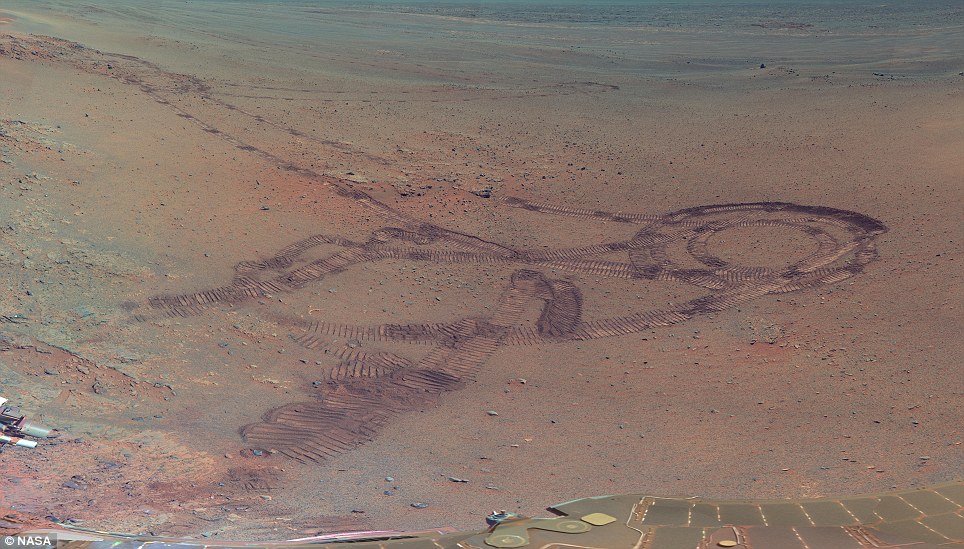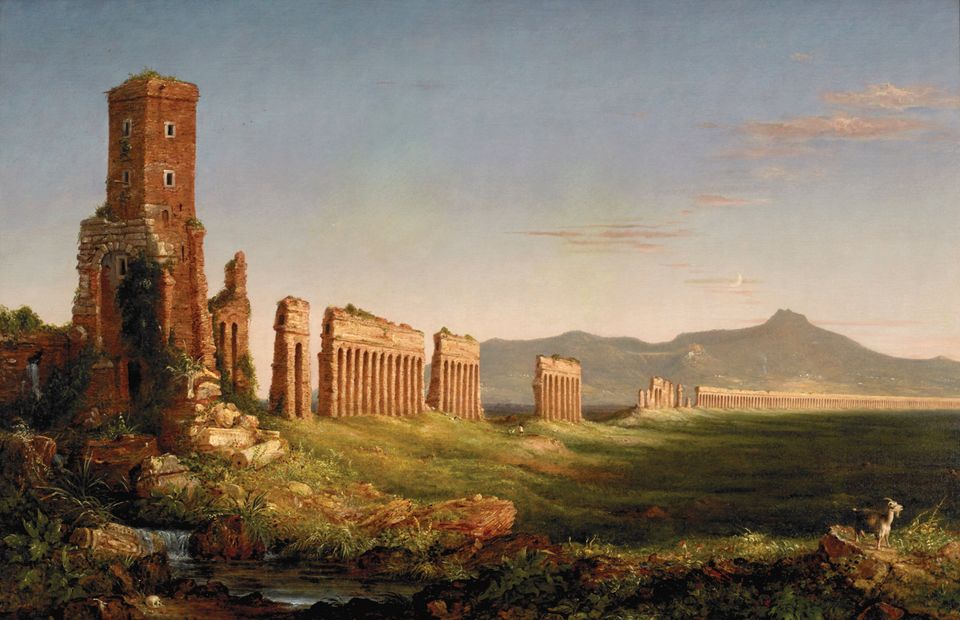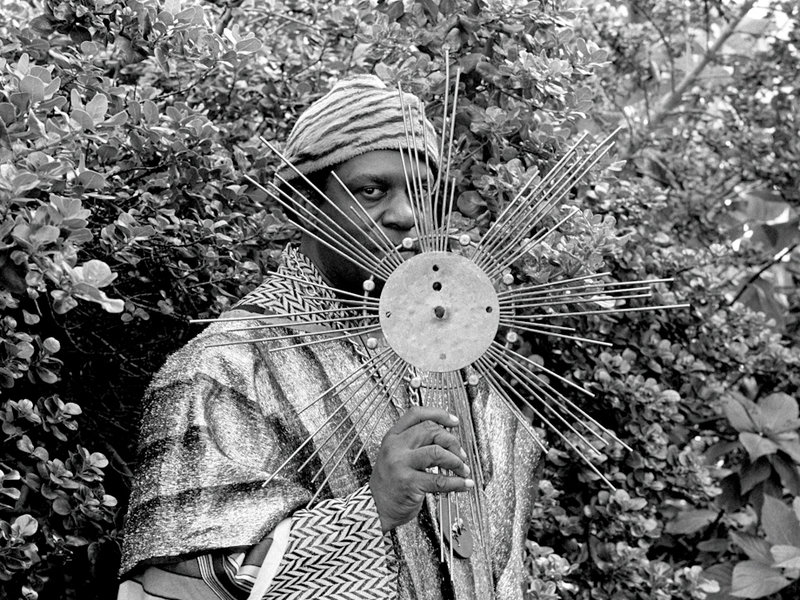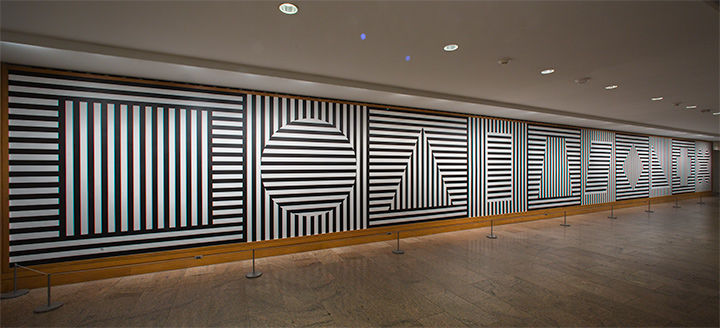Instructor: Victoria Smolkin
Guest Artist: Vlad Smolkin
Course assistant: Graciela Gautier
Website designers: Brianna Mebane, Shaya Tousi
INTRODUCTION
By Victoria Smolkin
This exhibit features student proposals for a monument or memorial on the theme “In Memory of Life on Earth.” Reflecting on the themes covered in our seminar, “The Politics of Death: The Living, the Dead, and the State,” students were asked to design these monuments and memorials from the perspective of someone — an exile? a refugee? a member of a space colony or habitat? — who no longer inhabits this planet. This assignment was produced in conjunction with a creative module that consisted of a collaboration between myself and the artist Vlad Smolkin. In the Fall 2020 semester, the seminar was taught within the framework of the College of the Environment’s think tank theme, Habitability, and the creative module was supported by Wesleyan’s Creative Campus Initiative (CCI).
The creative module consisted of two parts: a presentation by Vlad Smolkin of his project, “Mars Works,” during our week on “Life, Death, and the Cosmos” (November 18) ; and two sessions during which Vlad joined us to workshop the students’ final project assignment (November 18 and December 2). The first session of the module, Vlad’s presentation, consisted of two parts.


First, Vlad presented original works and projects, made over the last decade, that engage with ideas of space habitability and the spiritual and ideological aspects of colonizing space. The primary focus of the presentation was his series, “Mars Works” (2018), which was exhibited at the Congregation Beth Shalom Rodfe Zedek, a synagogue in Chester, Connecticut, designed by the well-known conceptual artist, Sol LeWitt. Vlad discussed how his ideas for “Mars Works” developed through the overlapping lenses of history, culture, politics, and science, and showed the aesthetic influences that informed the series, including the Hudson River School and Afrofuturism. The goal of Vlad’s presentation was to view “The Mars Works” through multiple lenses, with the goal that students consider the hypothetical “other” in a more complex way when they work on their monuments and memorials. The presentation invited students to engage with questions of intentionality in a deeper way. Vlad deliberately discussed his works both from a very personal/autobiographical perspective and through cultural reference points that viewers might have in experiencing the work.


Second, Vlad discussed artists and works from the nineteenth century until the present moment that engage with the themes of space exploration and colonization. The presentation highlighted different perspectives on space, from abstract and romantic notions that tied space to the future, to highly technical and collaborative projects that engage with the current limits of science and technology.
Finally, Vlad led a discussion of a theoretical reading, “Ruin Time,” which takes up the concept of “ruins” as an intersection of nature and culture, using it to think with the students about the final project assignment for the course, a monument or memorial “In Memory of Life on Earth.”


To create the final project, the students were given some guiding principles, questions, and instructions: the monument or memorial should be a public work, and should address themes the designer finds most urgent to commemorating and/or celebrating life on our home planet. Drawing on the material from the course and personal experience, the designer’s task was to connect notions of life, death, and the cosmos to themes of memory and collective experience. In their project designs, students were guided by a set of questions: How might the legacy of our life-world – in all its complex material, social, and cultural forms – be visually articulated? In what ways might the notion of “memory,” implicit in the memorial as a genre that retroactively commemorates the past, be interpreted in this context? Can the traditional, formal structure of the monument, and the historical revisionism endemic to that form, capture the themes central to your particular design? The fact that such a project can only be imagined from the perspective of the future invited the designer to approach the assignment in an experimental, and even subversive, manner.


In workshopping the individual projects, we considered the implications of the formal and conceptual decisions students were making and the narratives that could unfold as a result. The goal was to get the designer to consider the philosophical or ideological framework for their decisions and to take note of the ways that these broader visions might dictate the smaller, more incremental, and technical aspects of their projects. Designing a monument or memorial for planet Earth also raises the complex question of authorship: Who are you representing? What values are you privileging? Are you beholden to certain groups of people over others? Is it even possible to be successful in such an endeavor? This forces each designer to create a hierarchy of values that in turn dictate their decisions. Moreover, the possibility and flexibility to envision a hypothetical future in which the monument/memorial exists is an iteration of those values. To accomplish the task, it was necessary to go on a journey that weaves between their imagination and all of the touch points in history, science, and politics, and to anchor the work in this alternate reality. In this sense, the imagined context for the project is also itself a monument.